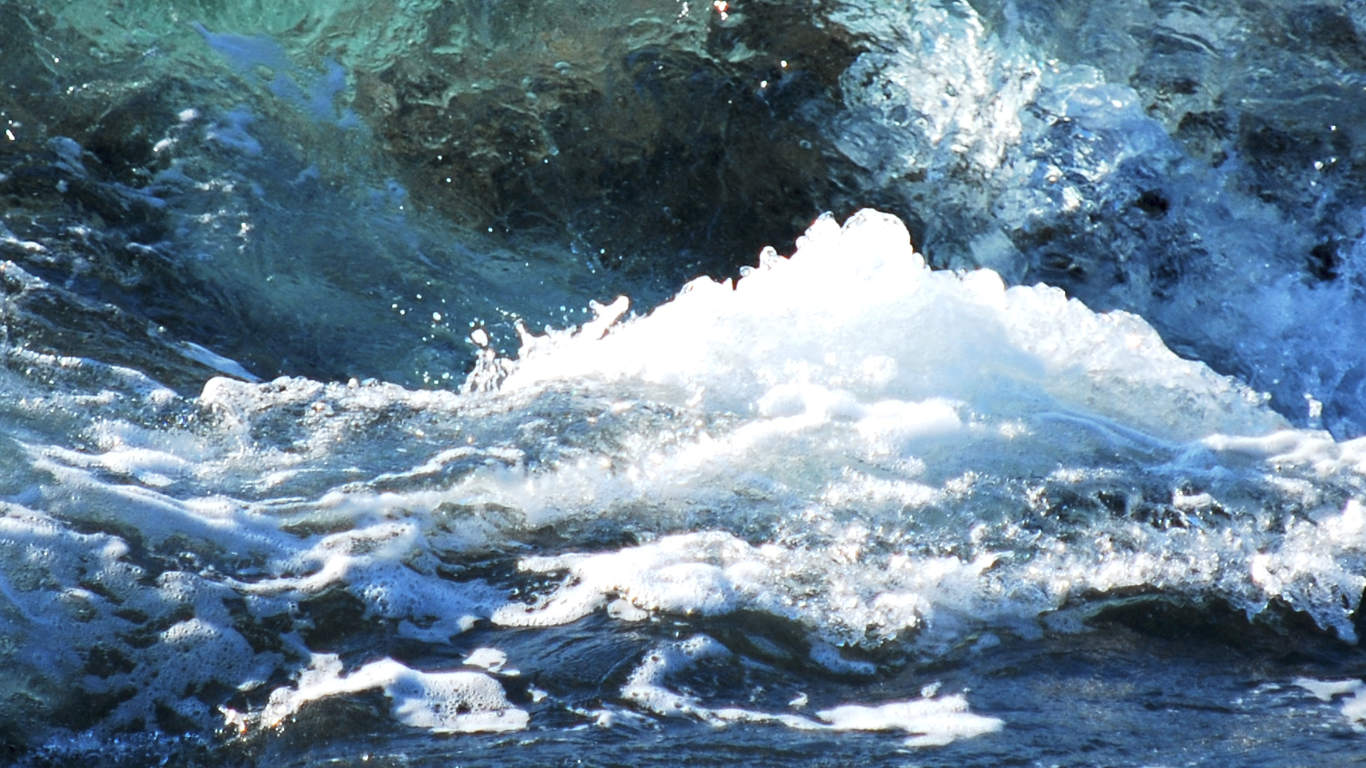
Côte Sauvage – wild beauty and great beaches
Long sandy beaches and pounding waves backed by towering forests of pine – the Côte Sauvage on the Atlantic coast in the Charente-Maritime is a spectacular place. If you want a feeling of space and untamed beauty, this is definitely where to head to. Surfers should also haul their boards into the waves that are known for their size and power.
The coastline starts at around La Palymre, north of Royan, and stretches north-west around the point La Tremblade. As well as beaches, the Côte Sauvage is dominated by la Forêt de la Coubre, a huge pine and green oak forest that was first planted in the 19th century to stop erosion in the sea. Today it’s protected and a lovely place to go walking, cycling or even horse-riding. Fancy a scenic drive? Then take the D25 between La Palmyre and Ronce-les-Bains, about 20km long and taking you from the coast through the forest.
What to See and Do
Go Surfing
The Beaches facing on the Atlantic are great for surfing, although you do need to be aware of the strong rips. If you want to learn to surf, there are plenty of surf schools where you can hire all equipment plus get lessons.
Go to the beach
Near to La Tremblade is a naturist beach. If you have young children, head for the beach of Bonne Anse bay, where there is also an excellent water park with slides, and other fun things to do.
Take a stroll, cycle or go hiking in the forest
Forêt de la Coubre: a beautiful and atmospheric place to get away from it all and get close to nature. With the majority of the planting pines and green oak, the forest is light and airy. If you feel like it, you can break up your walking or cycling with regular dips in the sea as the well-marked paths lead you through the forest as well as down to the beach. Serious hikers will like the long-distance footpath, GR4, which links Royan to Ronce-les Bains to the north, via the Forêt de la Coubre. Similarly, long-distance cyclists can choose the 30km trail between Saint-Palais-Sur-Mer via La Palmyre and Ronce-les-Bains, or shorter routes through the forest. There are also specific routes for mountain bikes, plus bridle paths. To go riding choose one of the riding schools nearby.
Visit an oyster farming village
La Tremblade: a picturesque village where oyster farming and mussels are major industries. You can taste oysters freshly caught from the local producers or wait to have a meal in a restaurant, where you can also tuck into mussels baked under pine needles, a delicious local speciality. If you choose a restaurant in the harbour area of La Grève, you’ll see the coloured cabins lit up in the evening which makes for a pretty sight.
Enjoy the views from the top of a lighthouse
La Coubre: with its red and white colouring and height of 60m, this lighthouse built in 1905, was originally two kilometres inland from the shore but erosion means that it is now just a few hundred metres away. Read more …
Visit the beautiful L’île d’Oléron
France’s largest island after Corsica is just off the Côte Sauvage coast, connected to the mainland by a bridge near Marennes on the other side of the Seudre river. Explore the island and see its varied landscape, from pine forests and sand dunes to marshland and salt beds, soaring cliffs and long, sandy beaches. Cycling is a popular way to see the island, and it is possible to rent bicycles and go off on your own or join an organised tour. Read more …
Photo 1 by telomi / CC BY 2.0 image cropped; Photo 3 by Net Circlion / CC BY 2.0 image cropped; Photo 4 by Nicolas Kungfu-Photo




